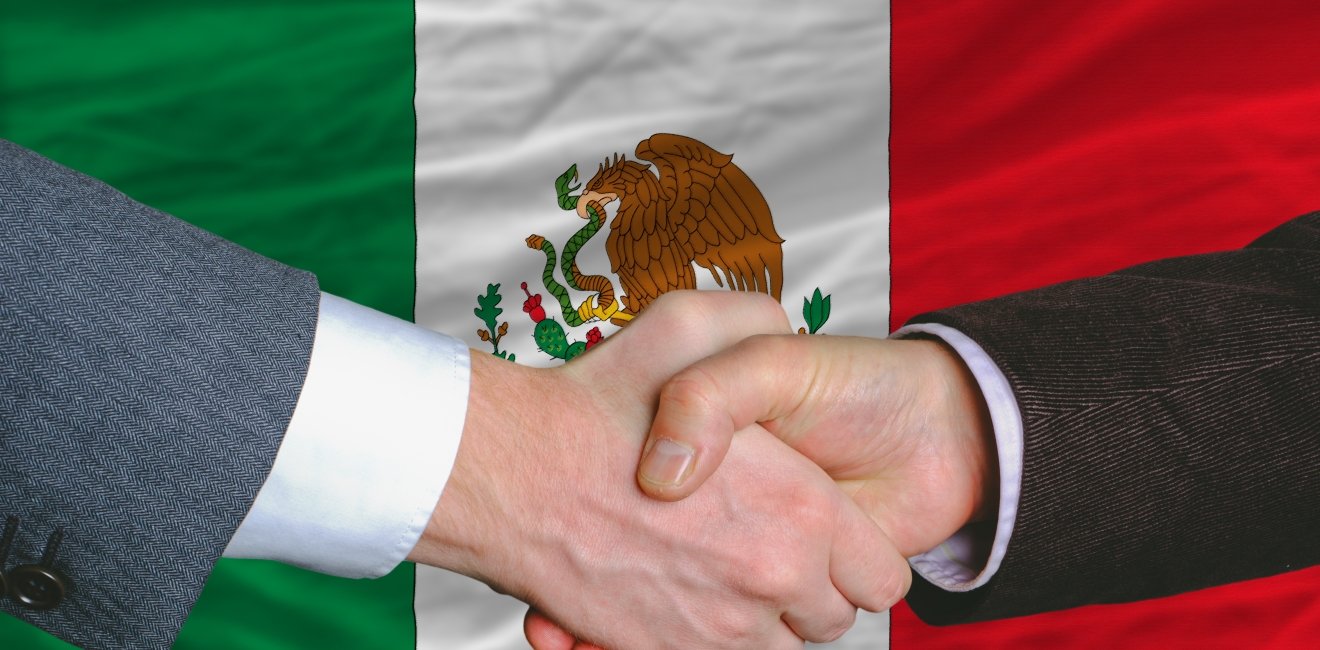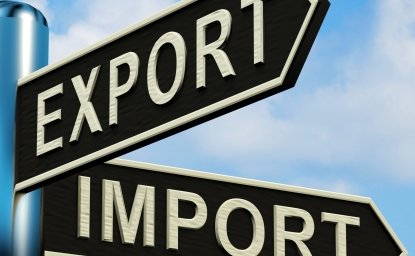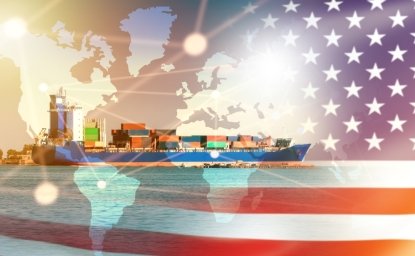14,800 container trucks cross the U.S.-Mexico border each day. They carry much of the $1.6 billion in daily trade that makes Mexico the third largest economic partner and the second largest export market of the U.S., and that makes the U.S. Mexico’s top economic partner. Mexico is the largest international buyer for some 23 U.S. states, and the U.S. buys about 80% of Mexico’s exports.
These facts indicate why Vice President Biden, three cabinet secretaries and other U.S. officials will be in Mexico City February 25 meeting Mexican counterparts, led by Secretary of Finance Videgaray, for the U.S.-Mexico High Level Economic Dialogue. Biden and others will check progress on the dozens of areas where the two governments have been working since 2013 to make it less costly and more efficient to trade between us and to build things together as we compete with other global producers.
Over the past 20 years, Mexico and the United States have developed efficient production chains that crisscross the border with materials and know-how flowing back and forth as products are built. A distinctive feature of this network is that when the U.S. buys a finished manufactured product from Mexico a large part of the content (estimated at up to 40%) is made up of materials from the U.S. – more so than with any other U.S. trading partner in the world. Thus, simple trade figures do not tell the real value proposition of what is being made by the two countries in a combined effort.
That is part of the reason why the Vice President, Secretary Videgaray and others are so interested in improving the efficiencies in the commerce between the two countries. But that is not the full picture: up to a million people cross the border legally as part of their daily business; over 37 million tourists from the two countries visit each year; and U.S. companies have invested more than $100 billion dollars in Mexico while Mexican companies have invested some $18 billion in the U.S. This massive relationship touches the daily lives of millions on both sides of the border.
The High Level Economic Dialogue meeting on February 25 will review achievements and outline objectives for the year ahead. On the border, they can point to several successes – two major crossings were opened, one for trains and one for trucks, and two new pilot programs have been started with customs agents from Mexico and the U.S. working in the other country to provide safe and rapid inspection of cargo before it crosses the border. Particularly innovative is the privately funded pedestrian border crossing from Tijuana’s airport into Southern California (already being widely used), which could be a model for financing new border facilities. A new civil aviation agreement, which will lower prices and increase flight frequencies and destinations, is awaiting approval in Mexico’s Senate.
Dealing with goods and people at the border efficiently and securely is important in terms of politics and economics. The numbers are impressive: according to one study, if you lined up all the trucks bumper to bumper that cross the border yearly (5.4 million), the line would wrap around the world almost four times – and that does not include the 900,000 rail containers, 200,000 buses or 69 million cars that crossed in 2014. Studies estimate that many billions of dollars are lost in wait times at the border.
The U.S. and Mexican teams in Mexico City will be looking at how to better plan and fund new border facilities and transportation routes, how to make customs procedures easier for shippers to prepare and for customs officials to check, how to move toward better systems for trusted shippers and travelers, among other topics. These steps aim to enhance security and competitiveness, with support from the private sector which seeks efficiency at the border and enhanced security in transit.
The High Level Economic Dialogue will also be looking at ways to strengthen cooperation on energy, work force development, innovation, research and education. Mexico is in the midst of a major reform of its energy sector, creating opportunities for private sector investment in oil, gas, electricity, and renewables. Energy regulators and officials from both countries have been working together to share best practices, to work on infrastructure connections, to compare and share data, and to open opportunities for Mexicans to take advantage of U.S. higher education related to energy. The private sectors of both countries are hoping to participate in some of this effort. More broadly, the two governments have been partnering with universities to help educate a future workforce that is prepared to lead a 21st century partnership in North America. Over 80 new higher education partnerships among universities and community colleges have been created to help grow opportunities for studies in the United States and Mexico. These partnerships are being reinforced by programs with the private sector, academia and research institutions such as the U.S. and Mexican science foundations, aiming to enhance work among scientists, entrepreneurs and innovators to help our economies be ready to for the competition ahead.
This is an ambitious agenda, and the progress is welcome. But the effort needs sustained investment of human capital and resources, public and private, over the years ahead. If we do it correctly, we can redefine our relationship so that both Mexico and the U.S. become more prosperous and secure while competing successfully in the world. This is the bet that the Vice President and his Mexican colleagues are playing in Mexico City today.
This article was originally published on the Mexico Institute's blog on Forbes.com.







